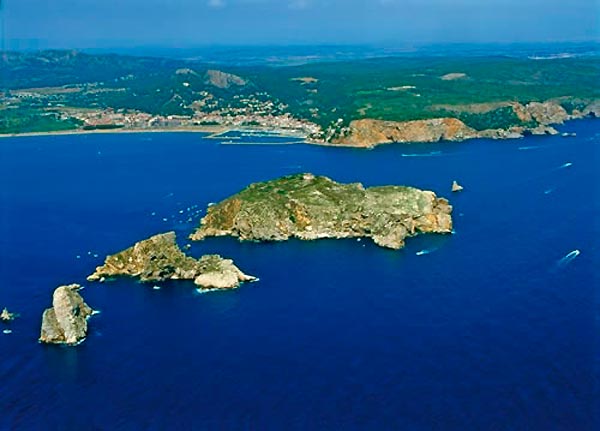+34 655 812 660
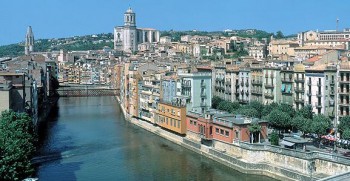
Visiting one of the famous seaside resorts of Costa Brava, You can't deny the pleasure to get acquainted with the other equally attractive towns of the region. This will allow not only to learn and to plunge into the traditions and rich history of the country, but also personally enjoy the Spanish flavour: extraordinary landscapes and architecture.
The city of Girona (cat. Girona) – the main town of the homonymous province, which grew on the site of the antique settlement of Gerunda, the former in his time the residence of the kings of Aragon and still retaining traces of its history numerous wars with the Moors Romans.
It's worth visiting for the wonderful atmosphere of an old European province. You can feel that by walking through ancient blocks, separated from the modern center of the river Onyar. Colorful, ramshackle houses are literally hanging over the pedestrians and street-stairs of the old Jewish quarter, which existed here since IX century, are so narrow that there is a risk not to go with oncoming passers-by.
If you climb to the ancient fortress wall, built by the Romans, we can see not only the maze of Girona, but also a grandiose Cathedral of the XVII century with almost a hundred degrees, which is considered the largest and most beautiful cultural heritage in Catalonia, cozy monastery of St. Peter of Galligans and the Muslim baths of the XII century.
In addition, You will be attracted to the urban area of the Josep Mora and Ferraton with the monastery of Saint Dominic and the monastery Olen, one of the first Gothic buildings of Catalonia, founded in the XIII century. Near the monastery is located the Episcopal Palace XII-XVI centuries, in which is located the Art Museum.
The city is interesting and its festive atmosphere as for the number of holidays and festivals, he is not inferior to Barcelona. Fair of Saint Narcissus, is celebrated annually on 29 October and has a religious character the remembrance of the patron Saint of the city. Time colors — second city traditional holiday that is celebrated in the third week of may. It attracts many people from all over Spain. On this day all the local girl put flowers into the street with their extraordinary beauty of floral creations.
A large number of bars, cafes, restaurants, city restaurants offer delicious Catalan and international cuisine. French, Italian, Basque, Chinese and other restaurants are concentrated mainly in the city centre on a pedestrian street Rambla Libertad.
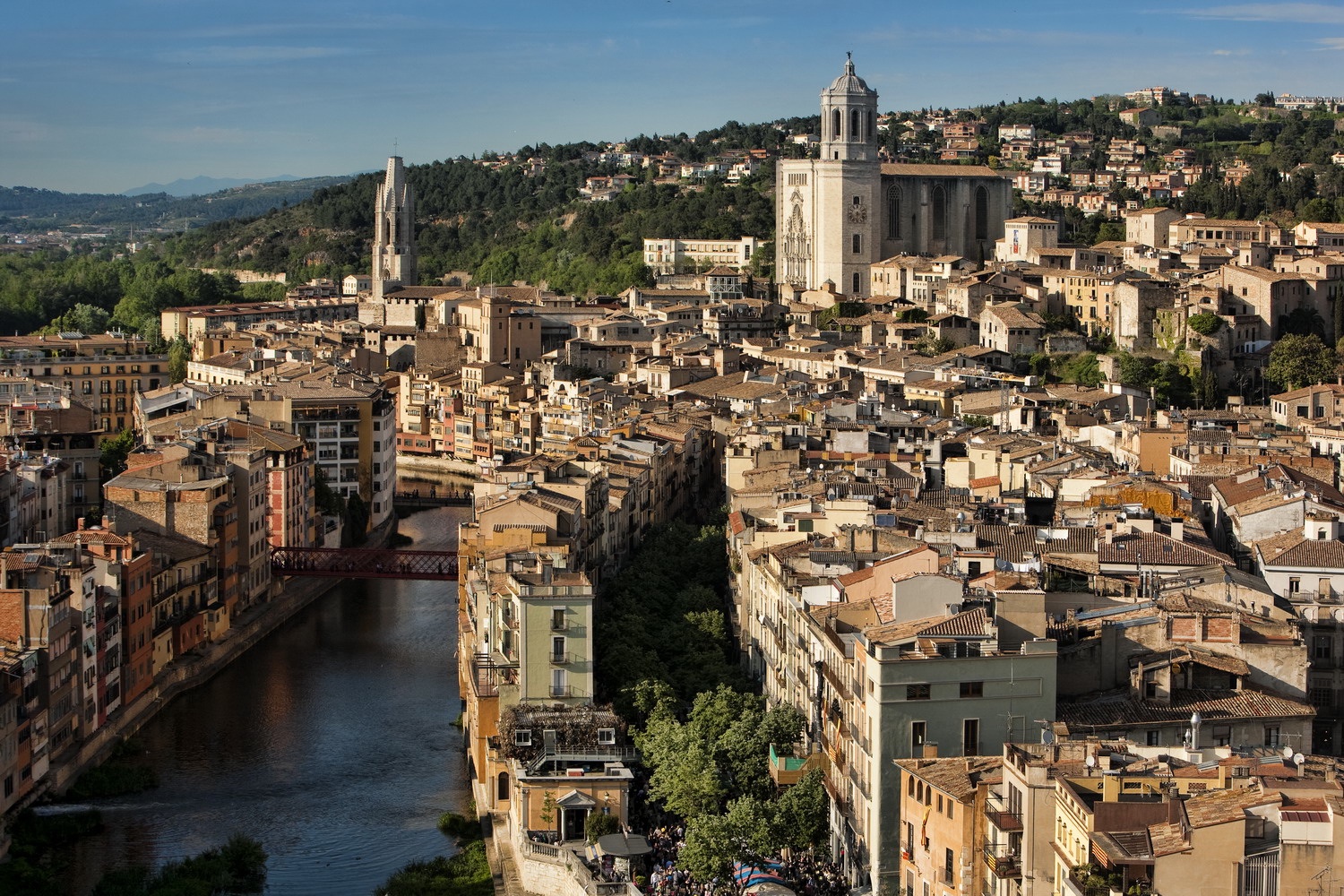
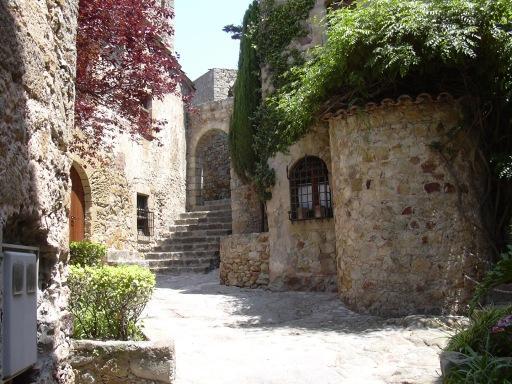
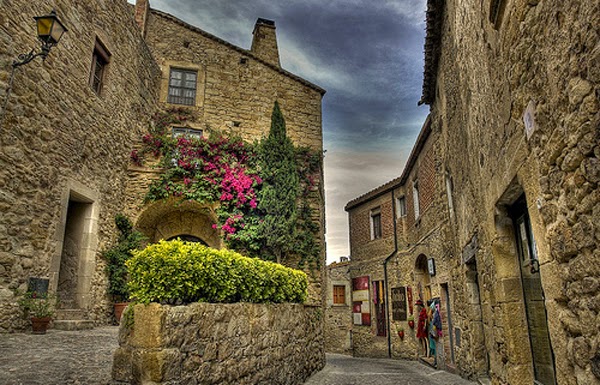
In the Spa town Caldes de Malavella, 7 km from Girona, you can visit the famous SPA Balneari Vichy Catalan, which offers a wide range of treatments – from chiromassage and therapeutic muds to the latest developments in the industry, for example, hot stone or chocolate therapy.
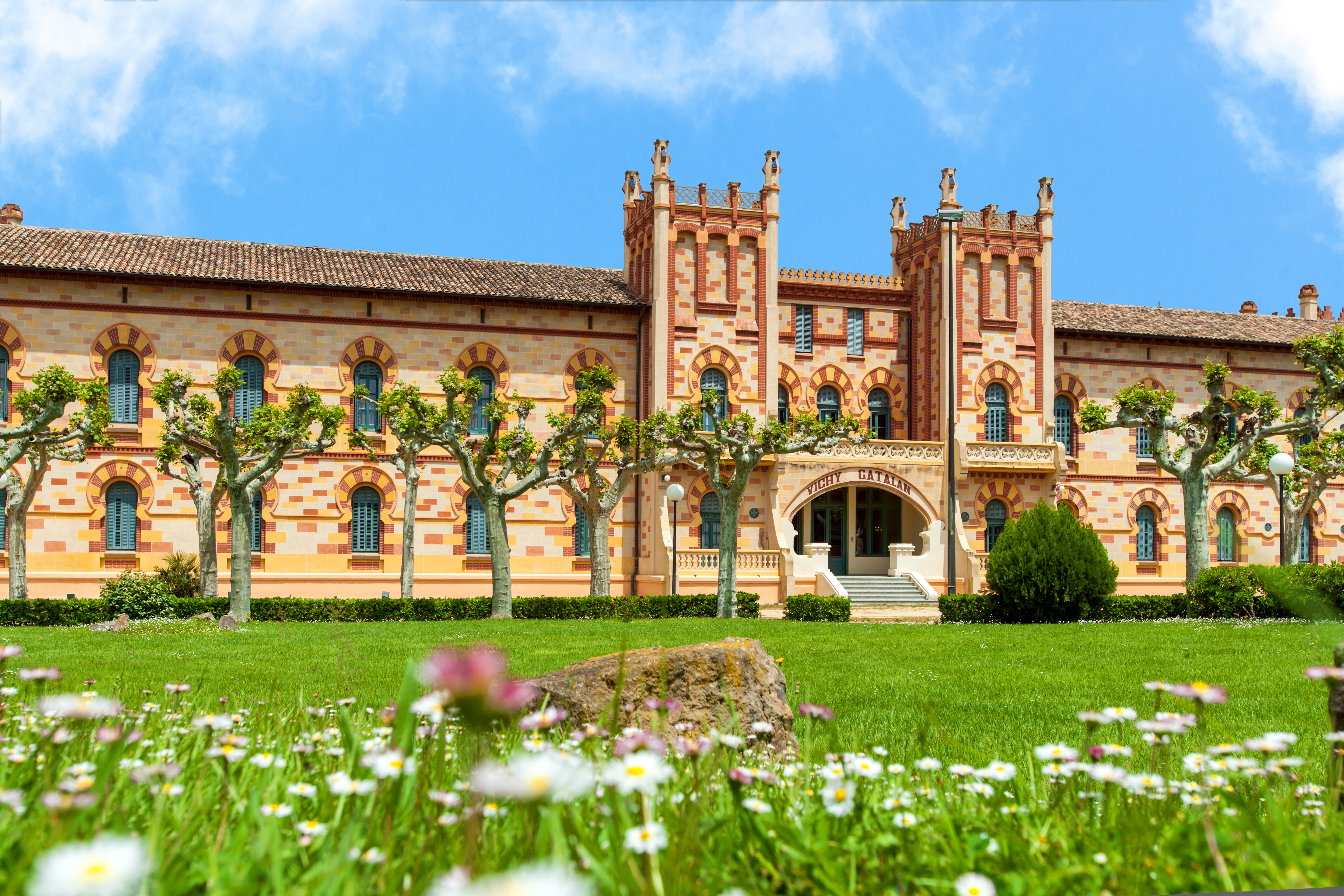
From Girona you can easily reach Barcelona. The high-speed train AVE will take you to the Catalan capital in just 40 minutes. In addition, the city has its own international airport
North of Girona, is a small Catalan town of Figueras (Figueres), which has won worldwide fame thanks to the artist-the surrealist Salvador Dali, he was born here and spent much of his life. Later Dali was built in his hometown extravagant theatre-Museum, which today occupies the second place in popularity and attendance after the Prado in Madrid. The Dali Museum exhibited the largest collection of his works. It also kept the ashes of the great artist.
Adjacent to the Museum stands a gloomy Gothic Church of Sant Pere de Puelles, built in the XIV century. In the monastery once baptized Salvador Dali, and was located near the house of his father. In the upper part of the town is the ancient castle of Sant Ferran (Castell de Sant Ferran), belonging to the XVIII century. Apart from the Dalí Museum and ancient castles in Figueres , you should visit the toy Museum or just relax over a Cup of coffee in a small cozy cafe in one of the oldest streets in the city centre.

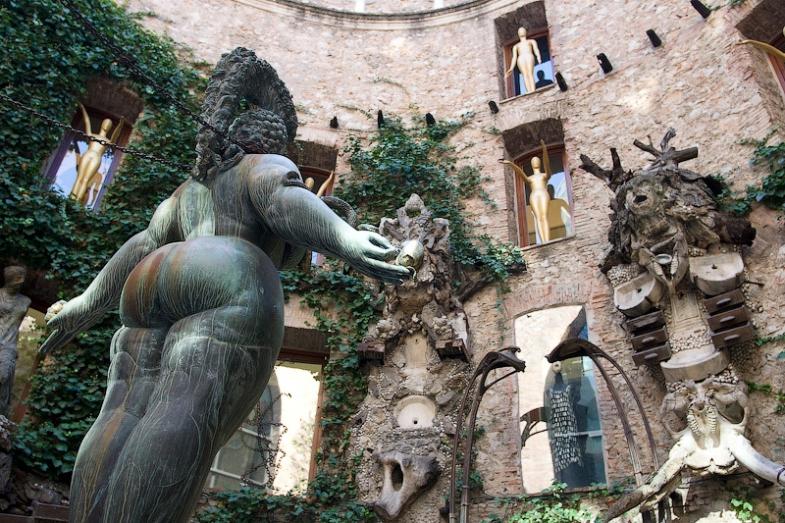
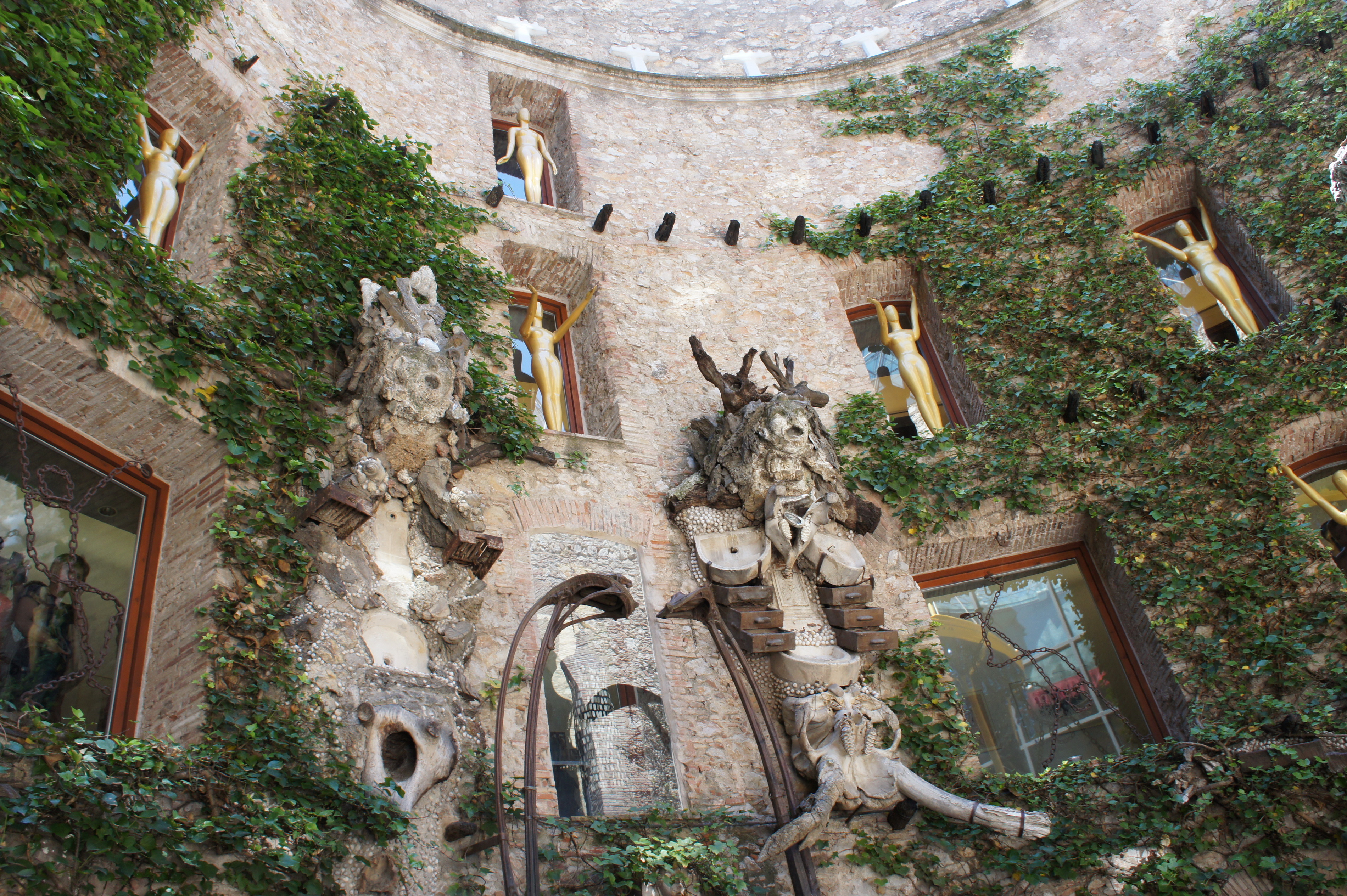
Cadaqués (Cadaques) is another small town in Northern Costa Brava, which attracts tourists with its extraordinarily beautiful scenery and rich historical and cultural heritage. It is really a Paradise and a stunning area! Pyrenees mountains in this place are connected with the Mediterranean sea, forming a small Bay, with yachts, boats, small beach and the town, consisting of small white houses, narrow down cobbled streets from the mountains to the sea, Waterfront, consisting of restaurants, cafes, art galleries and artists ' studios. Splashing waves. The peace and quiet. This here town. A little sleepy and relaxed. But fall in love with once and forever!
Cadaqués is famous because here lived and worked great Salvador Dali. Gave spent in Cadaques significant part of his childhood, and later bought a house nearby, in the Bay of port lligat cost, which is now his house-Museum. Here, on the beach near his home, in August 1929, Dali met his love - Galu who came here with her husband, French poet Paul Eluard, and the company of the Surrealists to visit Dali. Here she remained with him forever
Here also was fond of his famous friends Joan miró, Marcel Duchamp, Garcia Lorca, Rene Magritte, Pablo Picasso...
In addition to beautiful landscapes and heritage of Dali, Cadaques is famous for its fish restaurants, amongst the best in Catalonia, and the wind Tramontana creates excellent opportunities for practicing water sports.
The highlight of the trip to Cadaques can be a boat trip along the rocky coast of the Costa Brava on a fishing boat — you can even rent a boat, owned at the time by yourself Gave.
If this program you will find insufficient, high in the mountains near cadaqués are the most famous monastery in Catalonia — Sant Pere de Rodes, and a family wine farm where you can see the process of winemaking and taste the local wine.
Here you can spend time strolling the picturesque promenades and visit the Church of Iglesia de Santa Maria, which is an architectural monument, built in Baroque style. Not less than pleasant experience create galleries and shops located in the area, and many cozy fish restaurants warmly invite guests to enjoy traditional dishes with the freshest seafood.



Village Publ (Púbol) is for fans of Salvador Dali no less valuable, here is the famous Gala castle (Castillo Gala Dalí), which the artist presented to his Russian sweetheart Gale. Majestic plane trees surround the castle, as if preparing guests to the surreal contemplation of reality that permeated all the rooms including paintings, sculptures, antique throne and a fireplace in the Baroque, surreal walls and ceiling, to the decor which had a hand in the Salvador Dali.
The romance is covered, and the wizard created the tomb, which was created so that even after the death of the lovers could hold hands. However, today, the castle is only one Gala, and the ashes Gave was transported to his ancestral home in Figueras, where you can also visit many museums dedicated to the works of this unsurpassed master of the outrageous.
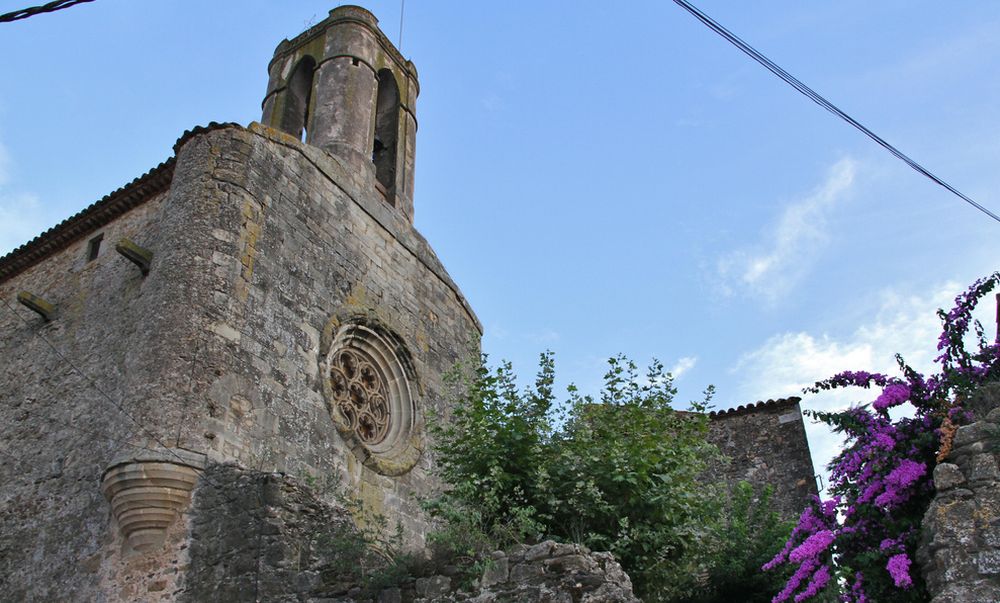
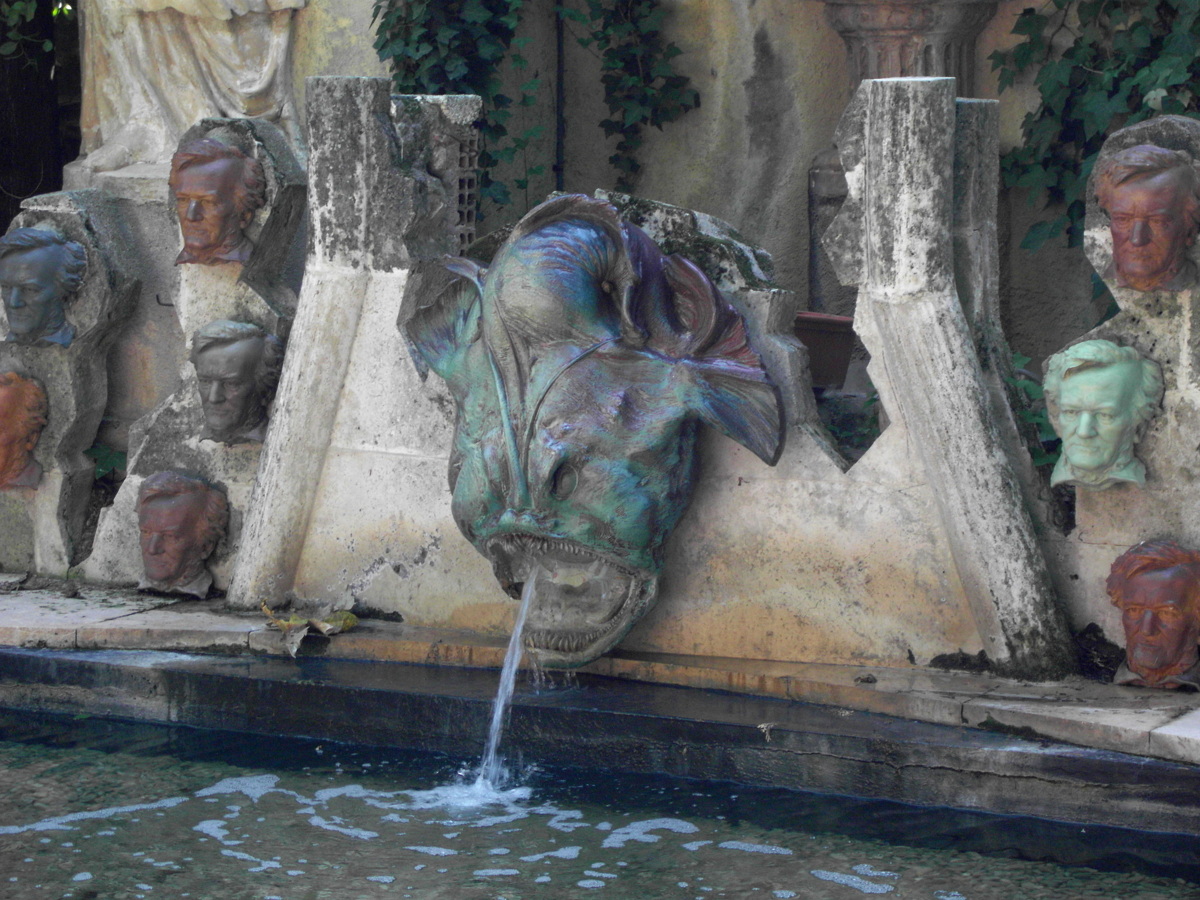
The Alt empordà (Alt Emporda) is a historical region, picturesque places which served as the inspiration to the great Salvador Dali. Only here you can see olive trees growing almost parallel to the ground, to the South, in the direction of the wind, and the roads are lined by rows of cypress trees, the only sturdy tree, able to withstand the onslaught of wind - the Tramontana. As a joke by Catalans from other areas, local residents Tramuntana blows brains in childhood, and is probably the best example and proof is the most famous native of this place, a genius and madman Salvador Dali. Here are two of the three vertices of the so-called Dalí triangle: the Museum and the house where he lived most of his life. No less attractive to visit are the natural Park of Cap de Creus Natural Park, the medieval ensemble of Sant Marti d'empuries, ruins of Empuries and valleys of the natural Park of Aiguamolls de I'emporda Natural Park. The beauty of local landscapes perfectly complement the monumental works of the ancient history of Catalonia and Church of Romanesque style. It is this diversity of the historical heritage makes the Alt empordà, one of the richest areas of Girona.


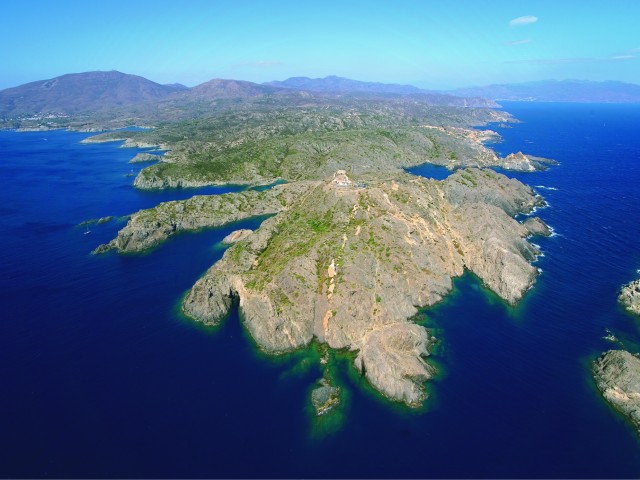
Benedictine monastery of Montserrat (Monasterio de Montserrat) got its name from the mountainous terrain of Montserrat ("the Cut mountain") about 50 km Northwest of Barcelona, where in a small space 10 x 5 km, thousands of towering limestone rocks with bizarre form. The monastery was built in XI century on top of a mountain, which even from a distance draws attention with its unusual terrain, is also of great interest to tourists. In the monastery there is the statue of the Black Madonna (La Moreneta), the main subject of pilgrimage. According to the legend, the statue was carved by St. Luke and brought to Spain by St. Peter. In G. 718, the statue was hidden in the mountains of Montserrat, to hide her from the wicked are the Saracens, and then was lost. G. in 890 La Moreneta was miraculously discovered by shepherds in a cave where they led a mysterious glow and angels singing. On this spot a chapel was erected, and the cave was named Santa Cova. Every year the monastery attracts thousands of pilgrims people in Catalonia and other regions, to worship the Holy "Moreneta" - so lovingly called the Catalans the patroness of their country.
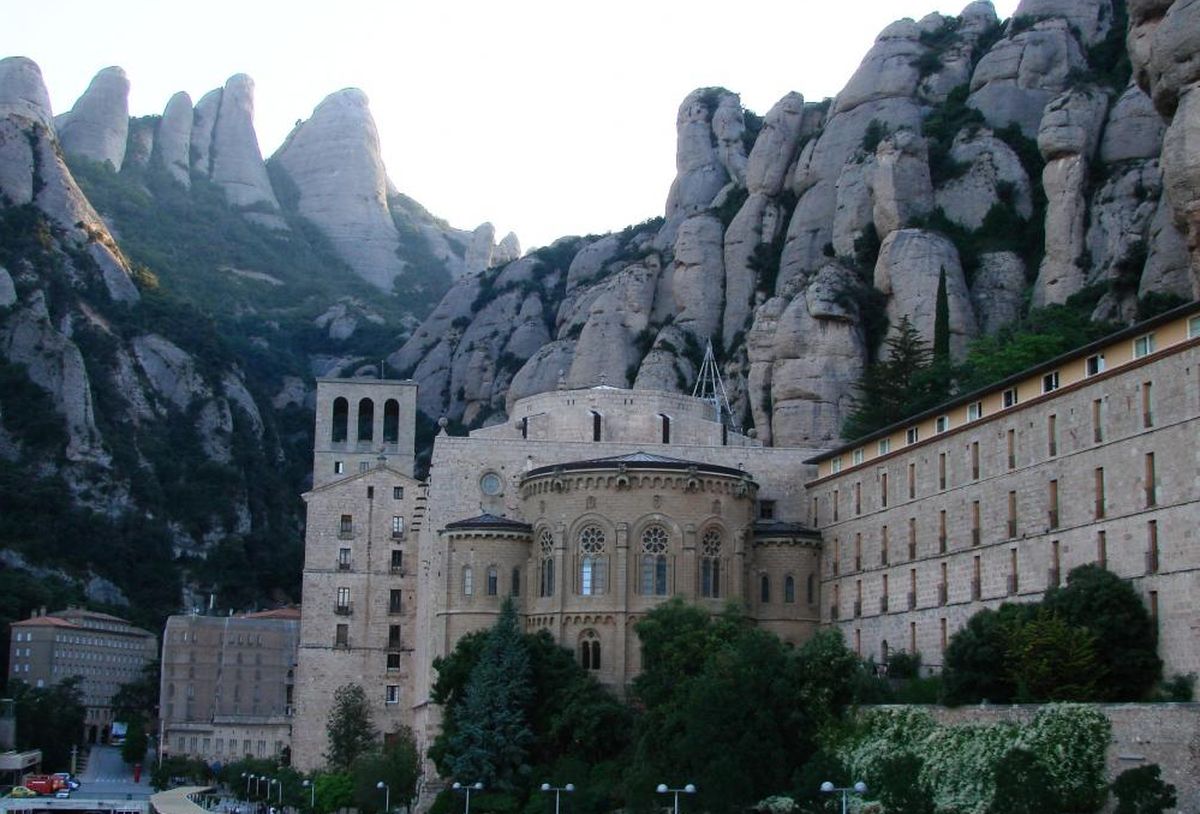
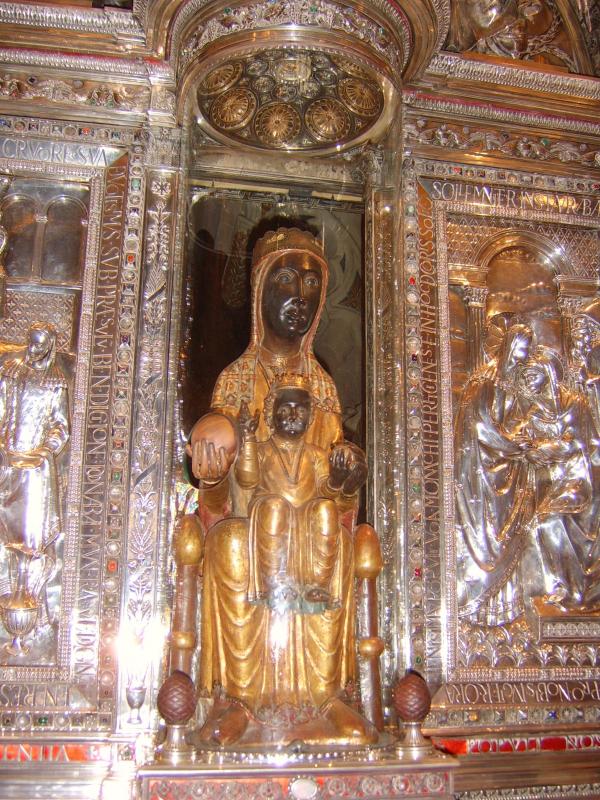
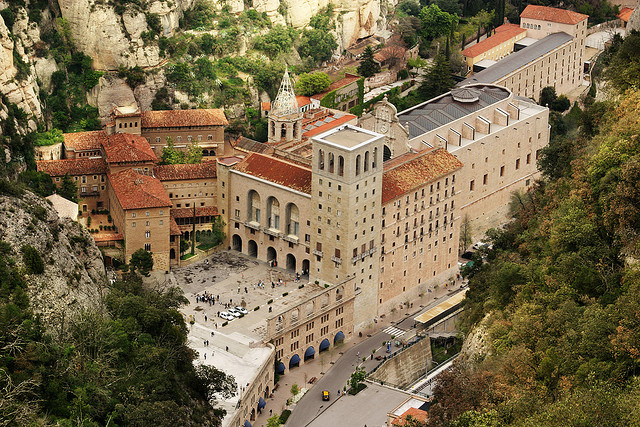
Marine reserve on the Medes Islands, located near the city-port of L'estartit on the coast is a real Paradise for lovers of sea trips and divers. The extraordinary beauty of the underwater world creates a truly fabulous experience. Here you can take pleasant trips on boats with glass bottom or dive into the mysterious waters of the Mediterranean sea.
